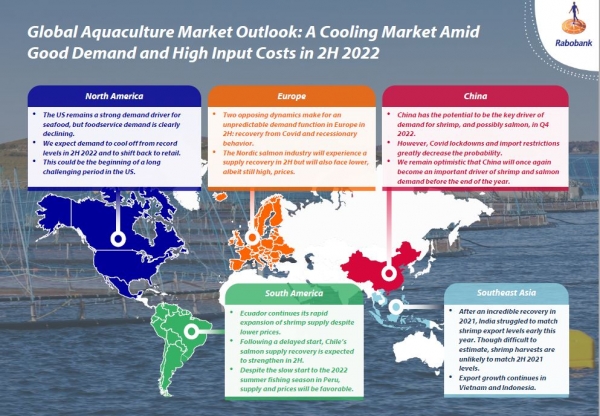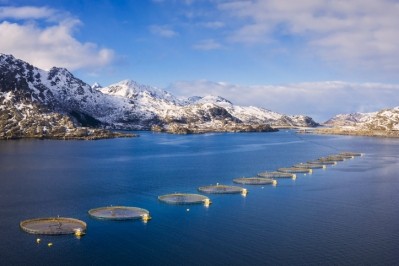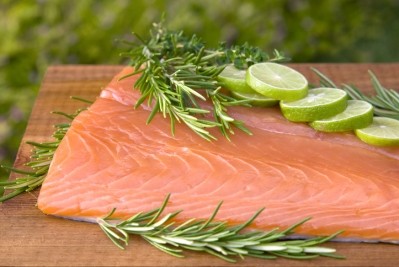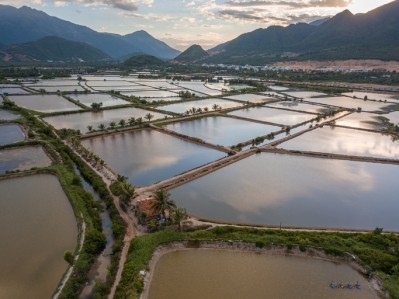Global aquaculture market prospects: Cooling demand and persistently high costs
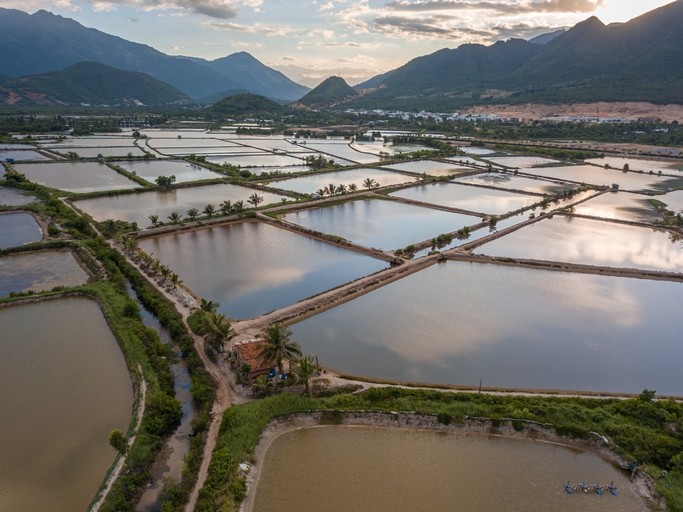
The bank recently released an outlook for the global aquaculture market for the second half of 2022.
Shrimp prices have been on a downward trend since March this year and the high costs of feed, freight and energy are expected to remain in the latter end of 2022, said the analysts. “A challenging 2H of high costs and lower prices [is ahead for the sector] if supply growth continues.”
The US and EU drove shrimp demand in 2021, and the early part of 2022, noted the Rabobank team. “But this demand growth is likely to cool off, as inflation has reduced disposable incomes in 2H 2022. China’s shrimp demand is hard to predict. Shrimp imports improved strongly but are still below pre-pandemic levels, suggesting considerable upside. However, the key limiting factors of COVID lockdowns and import restrictions remain unpredictable.”
Indonesia, Vietnam and especially Ecuador still seem to be on a growth path even as 1H 2022 prices have corrected and costs have increased, reported the aquaculture market specialists. “Shrimp that will be harvested in 2H 2022 were placed in ponds during 1H, most likely with the expectation that prices would be good, suggesting the industry’s reaction to market conditions will be delayed.”
Salmon market set to normalize
Looking at the farmed salmon market, Rabobank estimates that after a record-breaking first half of the year, marked by high demand and an acute shortage of salmon, the industry will begin to normalize in the second half of 2022.
“Supply in both Norway and Chile will improve. Meanwhile, foodservice demand in the EU and the US may be cooling off. Nevertheless, the salmon industry remains in a period of strong demand and relatively weak supply, even if it is well past the price peak.”
Stable fishmeal supply forecast
In terms of feed raw materials developments, and the fishmeal market in particular, the Rabobank report found that La Niña conditions have allowed for a high quota in Peru for the first season of 2022 although the analysts said it is not likely to be fully caught.
Good fishing in the northern hemisphere throughout the year, especially due to a good Icelandic capelin total allowable catch, will mean a relatively stable fishmeal supply at a global level, they commented.
“In this market, the high prices of alternative feed proteins such as soymeal are the key price driver. Currently, there is still more upside for fishmeal prices.”
All vegetable proteins and oils, substitutes for fishmeal and fish oil, are a record prices, they noted.
High fish and piglet prices in China could be a driver of fishmeal demand as farmers there are less concerned about cost and focused on the quality of feed, added the team.
